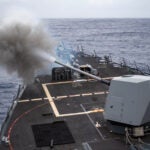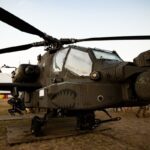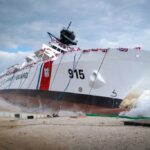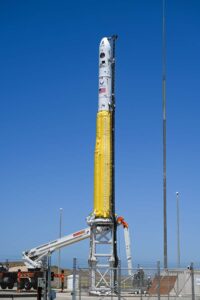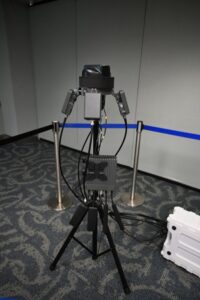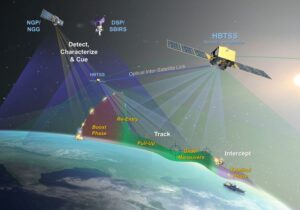
BARKSDALE AFB, La.--The U.S. Air Force's 2nd Bomb Wing here is to be the lead wing for acceptance of the RTX [RTX] AGM-181 Long Range Standoff (LRSO) nuclear cruise missile, which eventually will fly aboard the B-21 Raider stealth bomber that Northrop Grumman [NOC] is building. The early 1960s Boeing [BA] B-52Hs with the wing will be the first to carry LRSO. "In many ways, we get to be the wing that writes the book on how we really employ…



